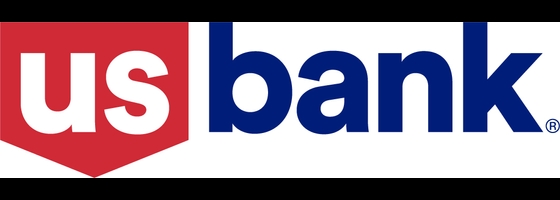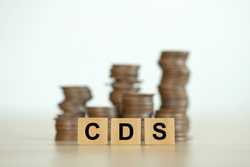Emergency Fund: Definition, Importance & How to Start One
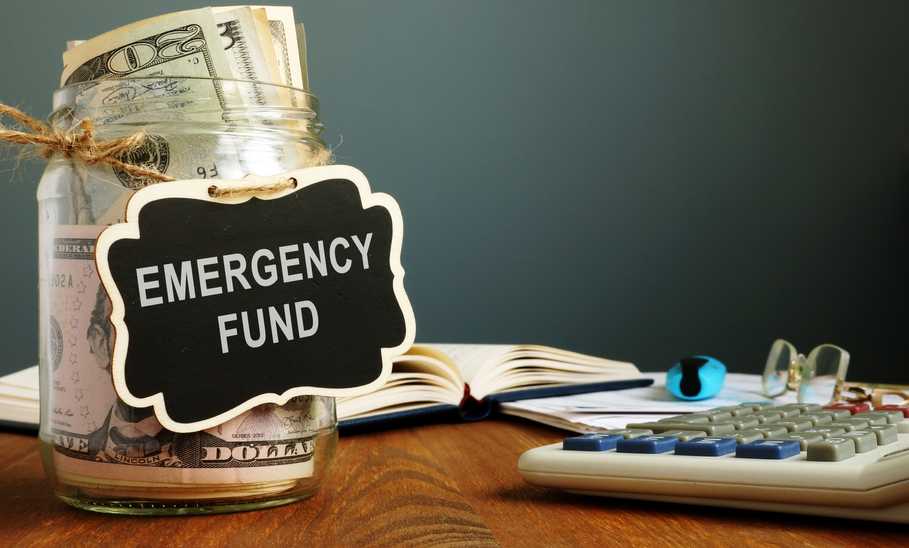
Our evaluations and opinions are not influenced by our advertising relationships, but we may earn a commission from our partners’ links. This content is created by TIME Stamped, under TIME’s direction and produced in accordance with TIME’s editorial guidelines and overseen by TIME’s editorial staff. Learn more about it.
An emergency fund is a dedicated savings account that’s set aside for the proverbial rainy day, intended to cover unexpected costs that may pop up over time. This fund can be used to cover everything from unplanned car repairs to sudden medical expenses.
While most Americans understand the importance of an emergency fund, many aren’t sure where to get started or how much they actually need to save. Here’s everything you should know about emergency funds and how to start building one.
 | 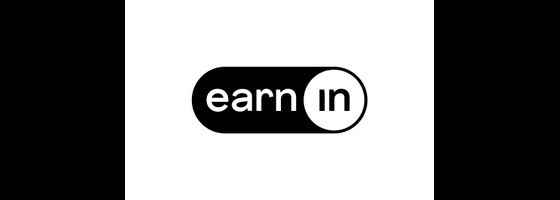 |  | |
|---|---|---|---|
| Advance limit | $500 | $750 | $250 to $250 |
| Monthly fee | $1 per month | $0 | $9.99 to $19.99 per month |
| Express delivery fees | Flat fee between $3 and $25 | $3.99 or $2.99 | No other fees |
| View Offer | View Offer |
No one ever expects an emergency. Whether it’s breaking a tooth at lunch or replacing a hot water heater that suddenly goes kaput, there are many unplanned situations that crop up and can quickly become financial burdens.
With an established emergency fund, you are somewhat prepared for life’s financial curveballs. This puts you ahead of a sizable amount of households: According to 2022 data from the Federal Reserve, 37% of Americans would be unable to cover an unexpected $400 expense without relying on credit cards or loans. Among American parents, the number rises to 43%.
Some expenses that could run you at least $400 include such run-of-the-mill problems as:
Some situations might cost a lot more, such as needing a new $9,000 HVAC system in the heat of July or a sudden loss of steady income. In these situations credit cards or a loan will likely be needed. Still, with a solid emergency fund in place you can head off most of the smaller surprises without a financial setback.
Ideally, you should have at least three to six months’ worth of expenses in a dedicated emergency fund. This may sound like a lot, especially if you’re just starting to save for a rainy day, but you can get there, though not overnight.
Start by aiming to set aside at least $500 to $1,000 in case of unexpected expenses. If you can manage to save more than that while still meeting your other savings goals, even better.
Having something is better than nothing, so set a short-term goal for yourself based on your current budget and spending habits. Once you’ve begun building your emergency savings, set a bigger goal and start working toward it. Eventually you’ll establish an emergency fund that can provide support whether your car needs new brake linings or your overbearing boss fires you.
The best place to put your emergency fund is in:
These are all the features of a high-yield savings account (HYSA). With a HYSA you can maximize the interest earned on your balance while your money sits but remains liquid. If you don’t encounter any unexpected expenses, great—your interest will just keep growing. If you do, you can quickly access the funds you need without penalty or hassle.
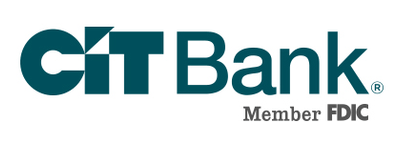 |  | 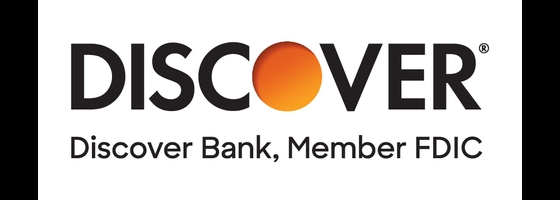 | |
|---|---|---|---|
| APY* | 4.55% | Up to 4.20% | 3.90% |
| Min. deposit | $100 | $0 | $0 |
| Min. balance to earn APY | $5,000 | $0.01 | $0.01 |
| Monthly fee | $0 | $0 | $0 |
| View Offer | View Offer | View Offer |
Your existing bank may only offer a regular savings account. That’s an option, especially if you prefer all of your accounts to be held within the same financial institution in order to facilitate easy transfers between checking and savings and keeping an eye on your total balance. Or, a certain amount in savings may qualify you for a better checking account or other benefits.
For some people, though, there is such a thing as too much access to savings. If your emergency funds are part of your regular savings account, with nothing but a mental barrier separating them out, you could be tempted to breach the barrier and overspend.
This is why it’s better for your emergency fund to stand, like the cheese, alone. Furthermore, even if your brick-and-mortar bank offers a HYSA, you’ll usually find the highest interest rates at online-only banks. Do yourself a favor and shop around. CIT Bank, for example, offers a Platinum Savings account with an annual percentage yield (APY) up to 4.55% (as of February 24, 2024), more than 10 times the current national savings account average.
Another place to put your emergency fund is a money market account (MMA). Money market accounts are a hybrid between savings and checking accounts, offering both easy access to your funds and a higher-than-average return. A product like the U.S. Bank Elite MMA, for example, earns you up to 4.10% APY on your cash—which you can access with your included ATM card, debit card, or paper checks—as well as giving you access to one of the largest ATM networks in the country.
Everyone’s savings strategy is a bit different and will depend on factors such as your current budget, how much you can afford to save each month, and your existing savings. If you’re looking to build an emergency fund from scratch, here are some tips to help you get started.
An emergency fund is a safety net designed to protect you and your family from unexpected expenses, so you aren’t forced to rely on loans, credit cards, or other consumer debt when life happens. Building an emergency fund should be one of your initial financial goals, giving you peace of mind that you’re ready for anything—from car trouble to a medical emergency or an unexpected job loss.
Your first goal should be attainable, not overwhelming. Aim to save around $500 in the beginning. Once you’ve reached that amount, aim for $1,000 to $2,000, and keep going each time you meet your goal until you reach the equivalent of three to six months’ worth of expenses.
Aside from regular savings and checking accounts, a 30-year-old should aim to have at least an emergency fund, a retirement account, and perhaps accounts for buying a house and higher education for any offspring. Admittedly, that’s a lot of saving, and not everyone will be able to do it. The investment firm Fidelity recommends having an amount in total savings equal to your annual salary by the time you reach 30.
Anything beyond six months’ of household expenses is too much in an emergency fund. After that, there are a variety of savings options. The rest of your funds could be put in a short-term certificate of deposit (CD), where interest can grow even more, though, unlike a HYSA, this locks your savings away for a defined period of time unless you're willing to pay an early withdrawal penalty. Other possibilities include money market accounts, Treasury bills, savings bonds, retirement accounts (IRAs, Roth IRAs, and 401(k)s), and an investment brokerage account, which can earn you the most money but also comes with the most risk.**
The information presented here is created by TIME Stamped and overseen by TIME editorial staff. To learn more, see our About Us page.
